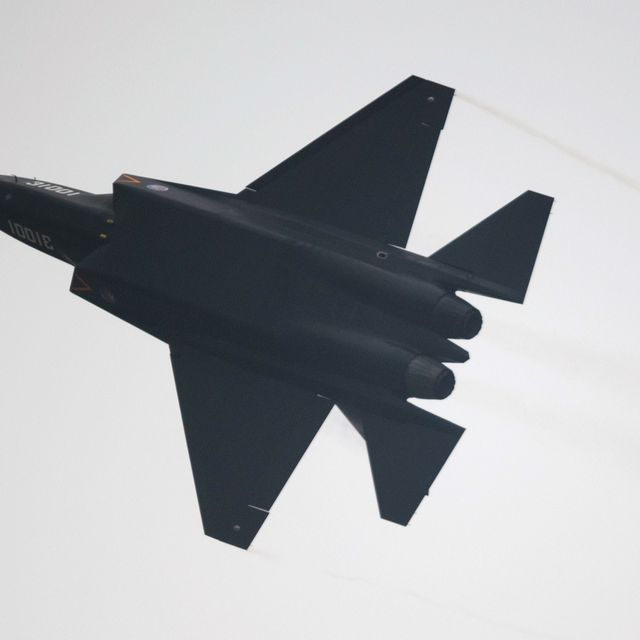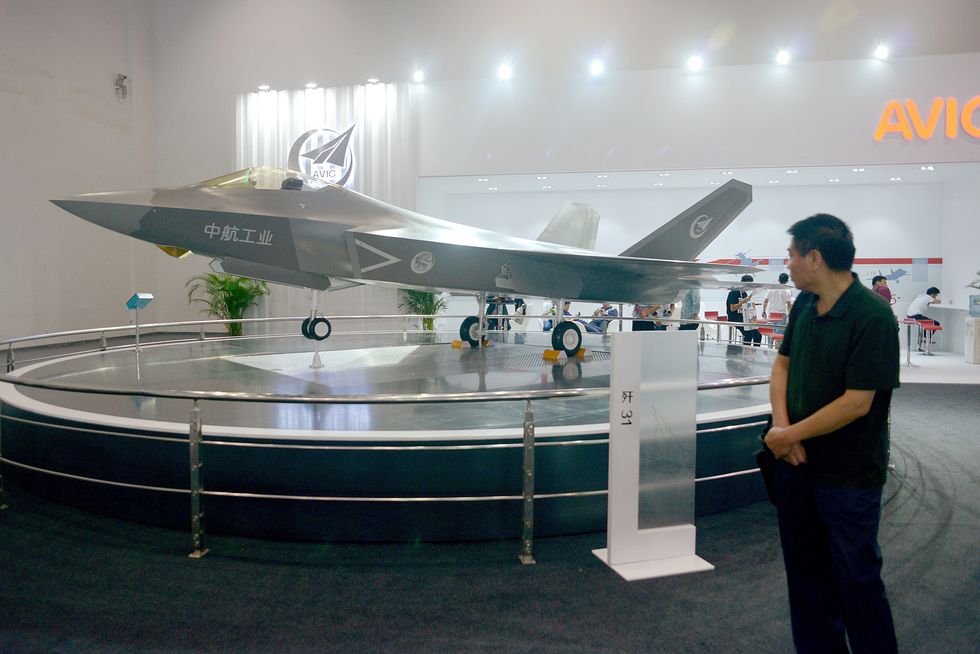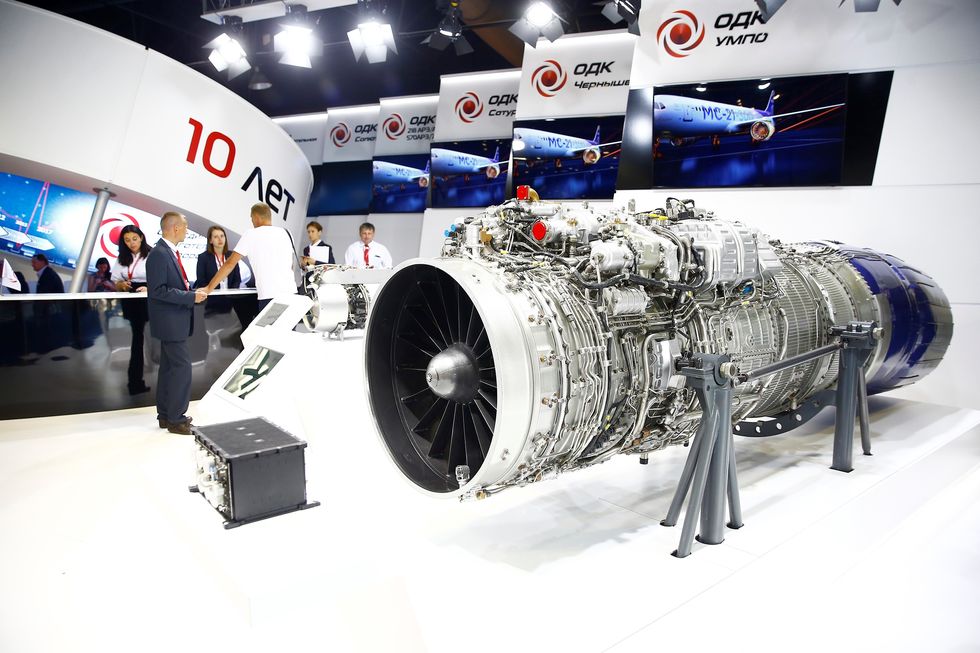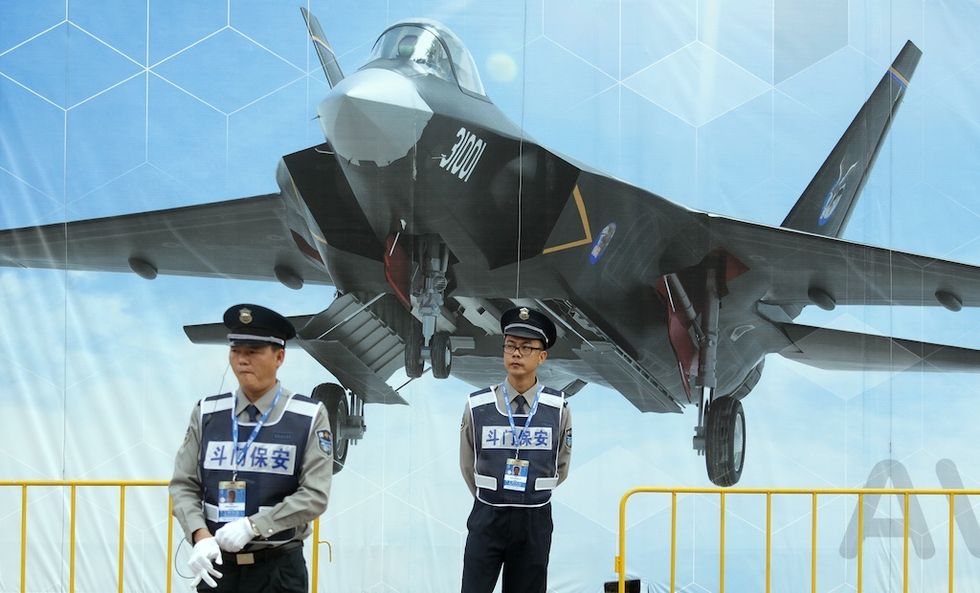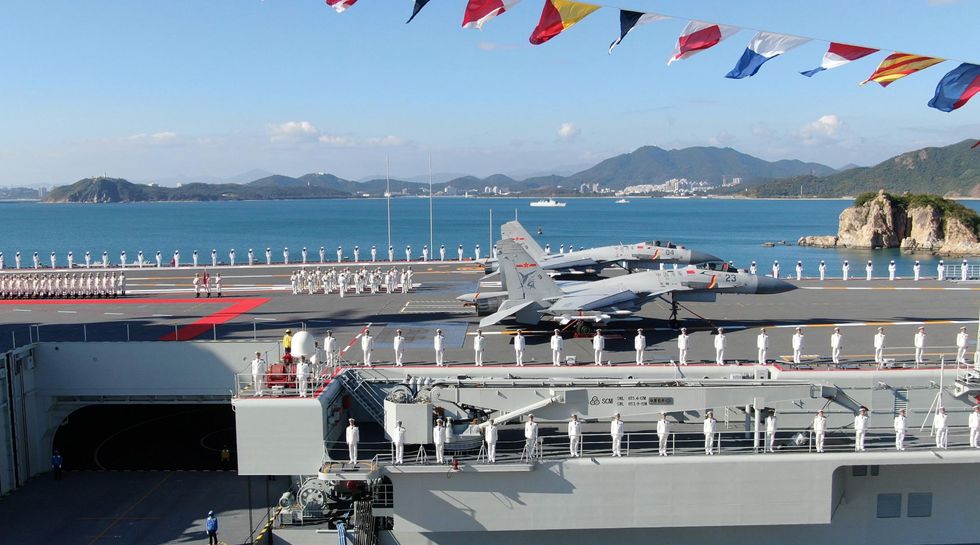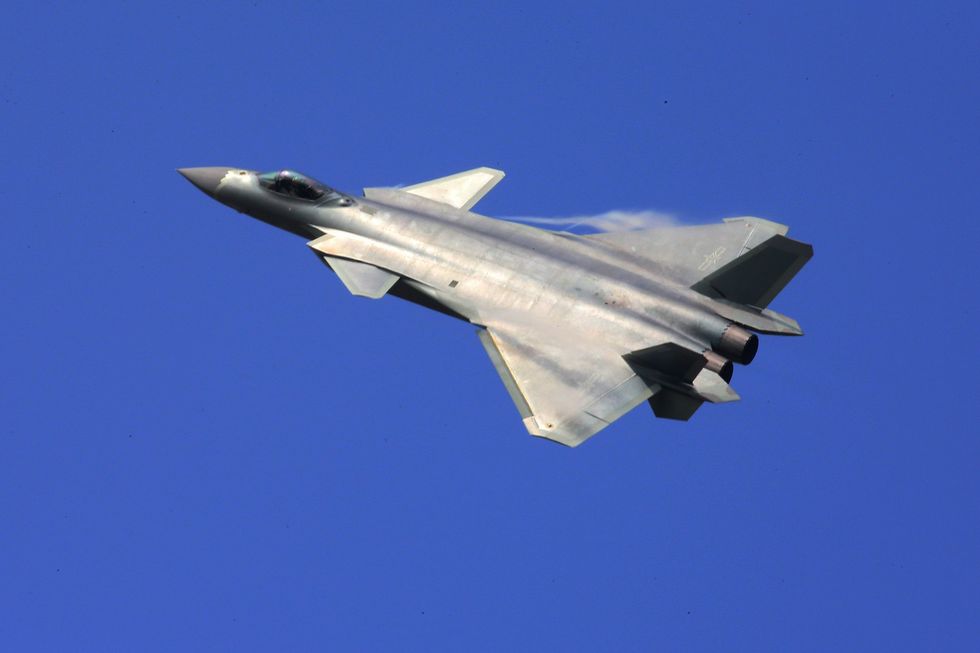- Numerous indicators suggest a new Chinese fighter jet will fly for the first time in 2021.
- The jet could well be a production version of the J-31 technology demonstrator.
- The jet will likely operate from land and China’s new fleet of aircraft carriers.
Reports indicate China is set to show off a new fighter jet next year, though it will likely be a familiar sight to Chinese military watchers. Growing indicators point to a fighter jet, likely a revamped, combat-ready version of the FC-31 fighter plane, making an appearance in 2021.
One such indicator was brought to light by the aviation blog Alert 5, which highlighted a post by the Chinese Aeronautical Establishment on social media. The blog states:
The article said its personnel was (sic) sent to Shenyang Aircraft Design Institute or 601 Institute and the 29th Research Institute of the China Electronics Technology Group Corporation (CETC) during COVID-19 to support the aircraft’s development work.
According to Alert 5, CAE used the characters 新一代 to represent “new generation” fighter. “The aircraft could either be a new variant of an existing airframe or a total new design,” the blog says. “However, it is of note that if its a new design, it would have been written as 新型 in Mandarin.”
The “new fighter” rumor was also picked up by China’s nationalistic, often fiery Global Times site, which also referred to the CAE post. According to Global Times, the social media post was later deleted without explanation. A Chinese aviation expert interviewed by the site believes the fighter is designed to operate from China’s fleet of aircraft carriers.
The leading contender for the new fighter, currently referred to as “J-35,” is a production-ready version of Shenyang FC-31 technology demonstrator. Developed in China, the FC-31 (also known as the J-31) is considered a “fifth-generation” fighter built with stealth in mind and bears a strong resemblance to the F-35 Joint Strike Fighter. In 2019, FlightGlobal reported the FC-31’s developers believed the jet was progressing well and the aircraft was, “destined to enter service with the People’s Liberation Army.”
The FC-31 was first unveiled in 2012 but never put into mass production. It’s not clear why though it likely has to do with China’s inability to make jet engines. The FC-31 was originally powered by Klimov RD-33 engines, the same engines that power Russia’s MiG-29 fighter jet. Although China has made great strides in manufacturing aircraft, it has struggled with designing high-performance afterburning turbofan engines, especially subfields such as metallurgy.
Russia prefers to sell entire fighter jets instead of individual jet engines, a policy that increases its profit. An inability to source Russian engines might have made mass production of the jet impossible. If the new jet is indeed a revamped FC-31, it could indicate China is confident it can reliably manufacture its own high-performance jet engines.
Experts believe that the J-35 will likely be a carrier aircraft to supplement and eventually replace the J-15 “Flying Shark” fighter. A large, heavy, twin-engine fighter, the J-15 traces its origins to the Soviet Su-33 carrier-based fighter. Unfortunately, the fighter’s weight— coupled with the need to launch the aircraft from the ski ramps—severely restricts the J-15’s range and ability to carry fuel and weapons.
China’s two first generation carriers, Liaoning and Shandong, are equipped with ski ramps instead of catapults. The country’s first second-generation carrier, tentatively named 003, is expected to feature catapults. The J-35 is probably optimized for 003 and will likely never fly from Liaoning and Shandong. Experts believe China will ultimately build and operate anywhere from four to six carriers.
Fighter jets are expensive to develop, and China will likely try to get its money’s worth by buying jets not only for carrier but also land-based use. Many major air forces use a combination of expensive, heavy, twin engine fighter jets supplemented by larger numbers of cheaper, lighter, multi-role fighter jets. The U.S. Air Force, for example, flies both the F-22 Raptor and the F-35 Joint Strike Fighter. Russia flies the Su-35 Flanker-E supplemented by the MiG-29/35. China flies a combination of the J-20 twin engine fighter supplemented by the J-10 “Vigorous Dragon.” The J-10, while a capable plane, is a fourth-generation fighter with a non-stealthy design. The J-35 could replace earlier J-10 fighters and eventually the entire J-10 fleet.
The U.S. Air Force is the only air force in the world that operates both a large and small fifth-generation stealth fighter. If the new jet is indeed the J-35 and China builds large numbers of them, it will create a Chinese air force to be reckoned with.

Kyle Mizokami is a writer on defense and security issues and has been at Popular Mechanics since 2015. If it involves explosions or projectiles, he's generally in favor of it. Kyle’s articles have appeared at The Daily Beast, U.S. Naval Institute News, The Diplomat, Foreign Policy, Combat Aircraft Monthly, VICE News, and others. He lives in San Francisco.
